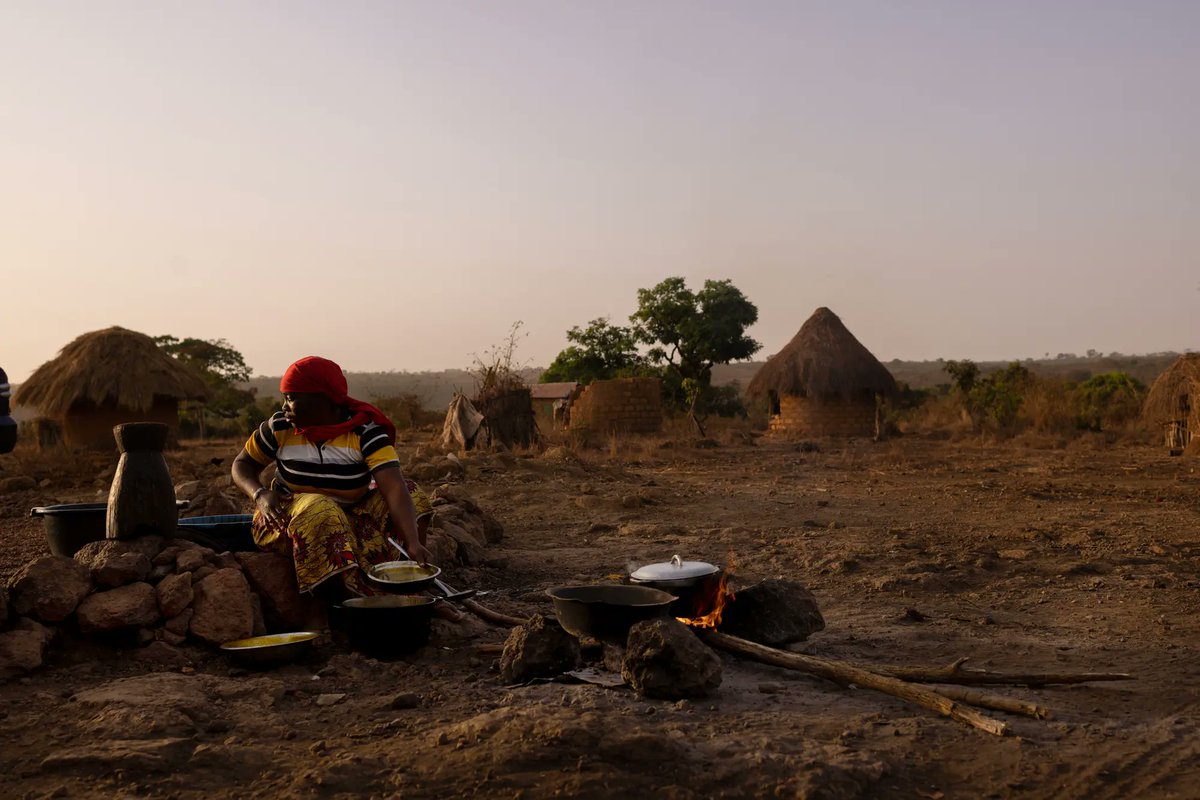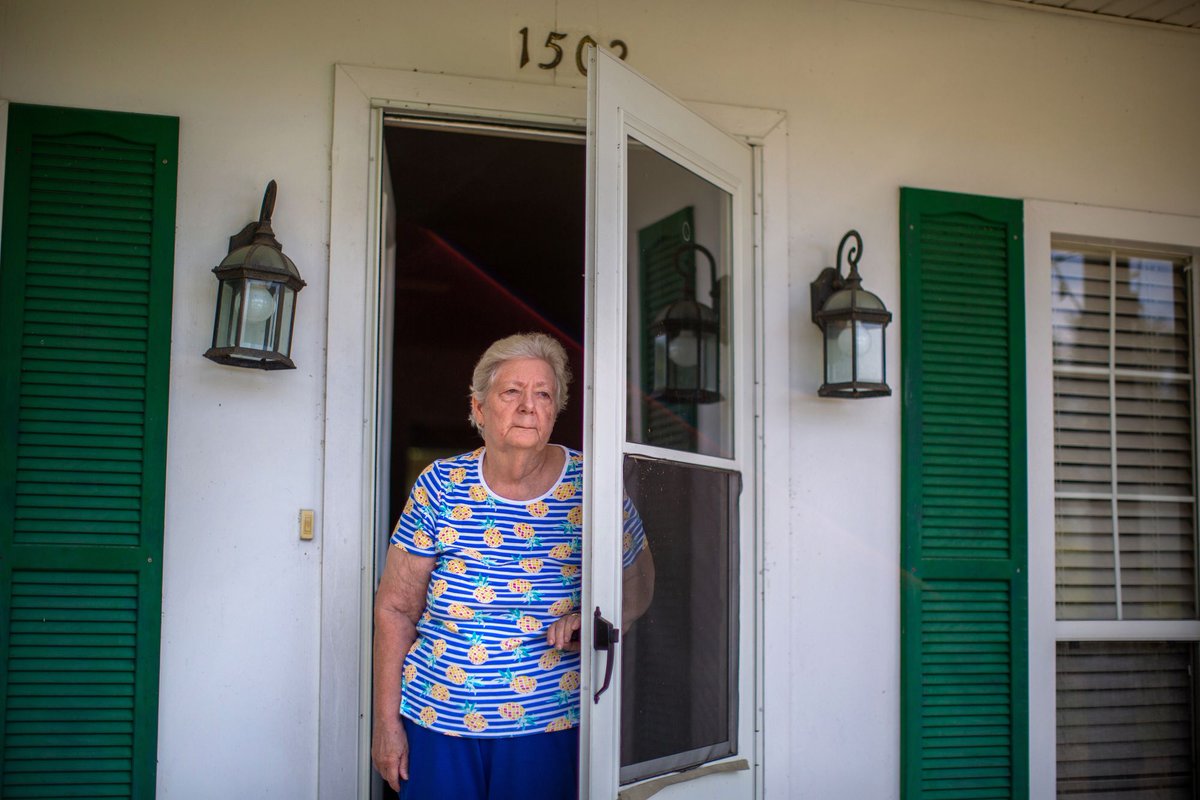
Environment/climate reporter @ProPublica. Formerly @InsideClimate. Cartoon me by the talented @dizdizh. lisa.song@propublica.org. Pro-cats, anti-carrots.
How to get URL link on X (Twitter) App



 Biodiversity offsets involve ‘compensating’ for ecosystem damage. If your shopping mall rips up 20 acres of wetland, you can offset that by protecting or restoring 20+ acres of similar wetland elsewhere.
Biodiversity offsets involve ‘compensating’ for ecosystem damage. If your shopping mall rips up 20 acres of wetland, you can offset that by protecting or restoring 20+ acres of similar wetland elsewhere.
 2/ I started reporting on Pascagoula in June. One of my first calls was to Weckesser, founder of a grassroots concerned citizens group. Her neighborhood sits next to several large polluters, including a Chevron refinery and a shipyard.
2/ I started reporting on Pascagoula in June. One of my first calls was to Weckesser, founder of a grassroots concerned citizens group. Her neighborhood sits next to several large polluters, including a Chevron refinery and a shipyard. 
